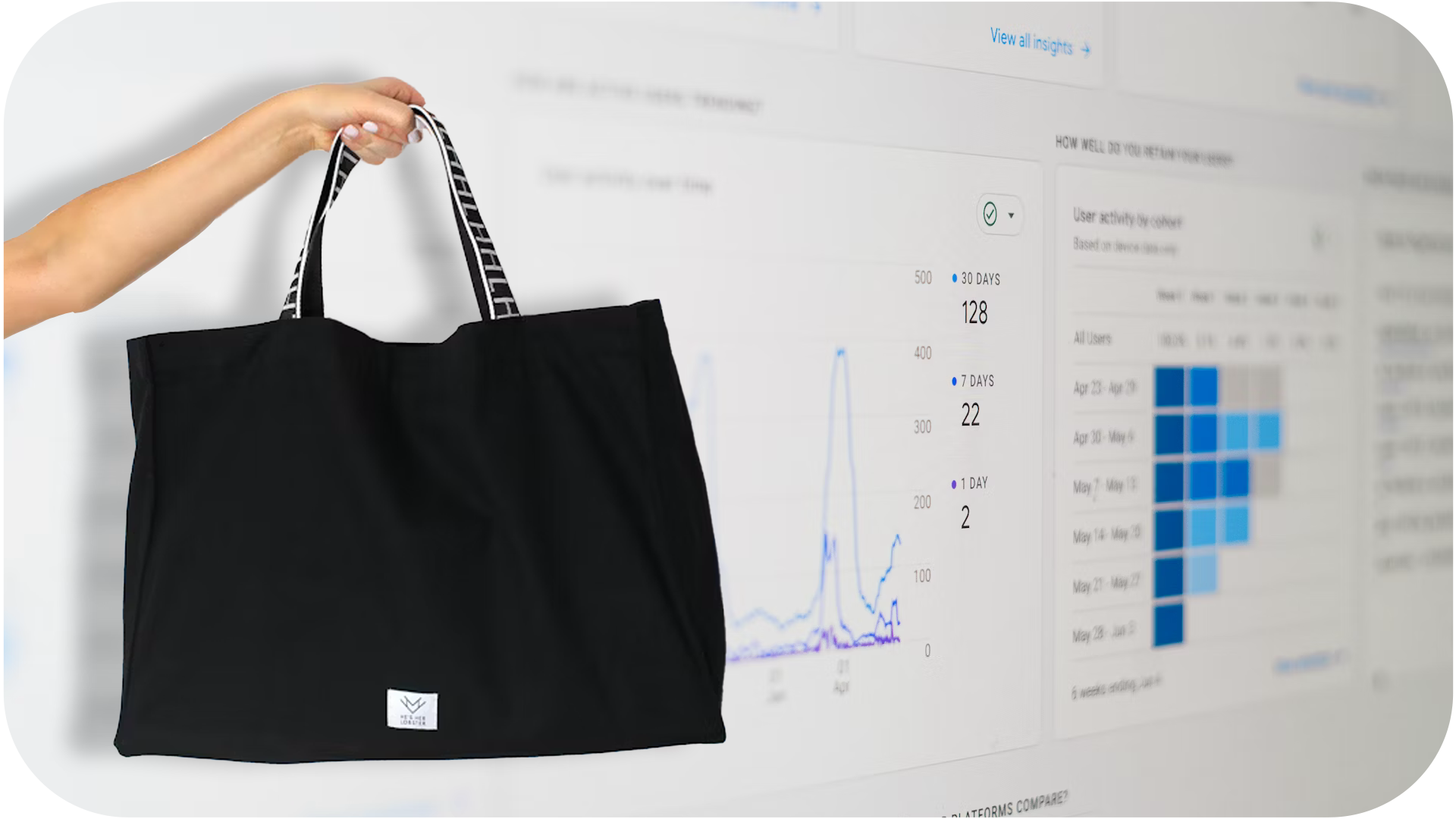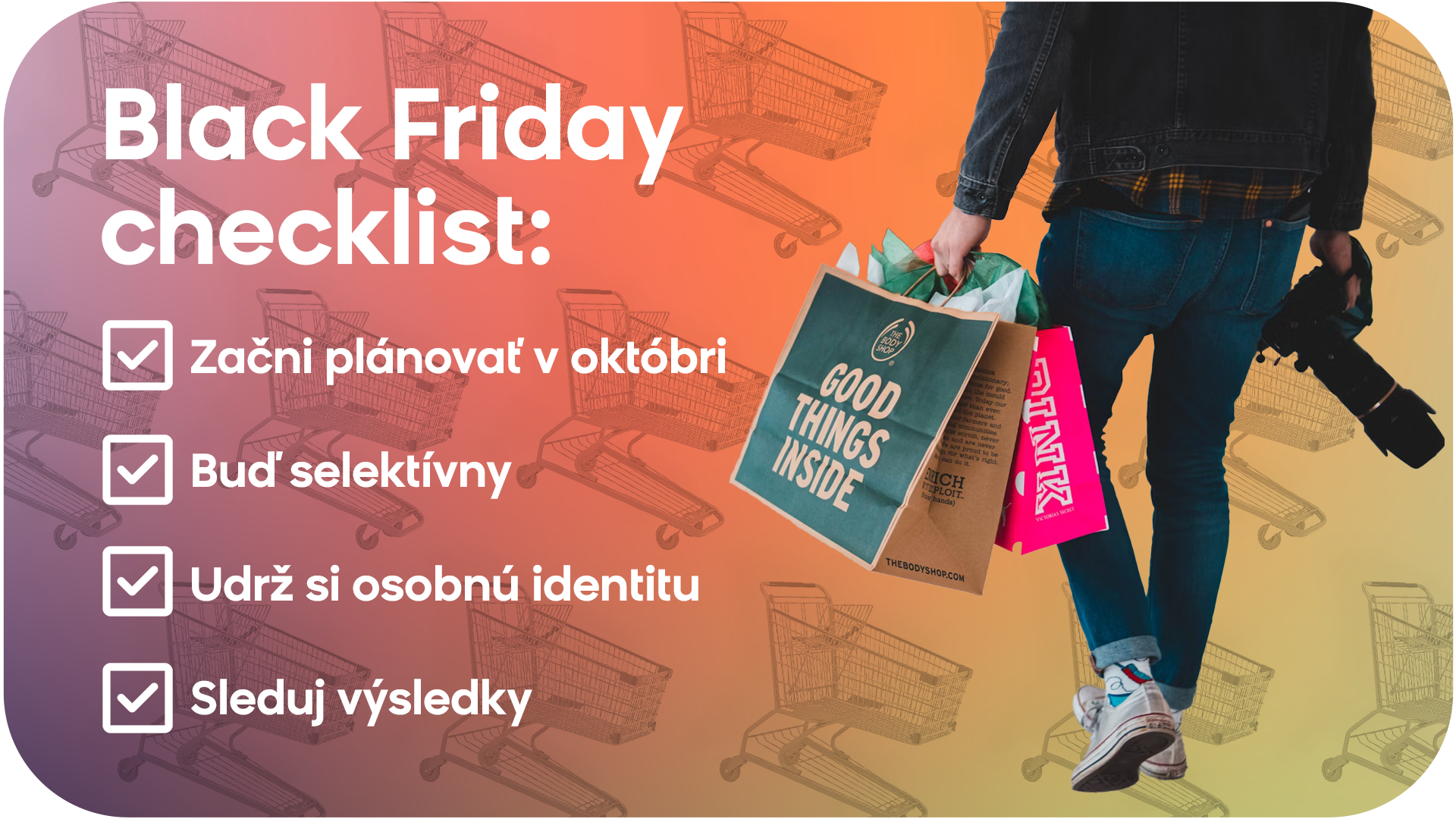
by Google
Black Friday is coming! The time when brands send out one offer after another, the feed turns into an advertising carousel and the audience is fed up with discounts even before they start.
Everyone wants to get as much as possible, but that's where the problem can lie. It's during this period that it becomes clear who has a truly built brand and audience trust, and who is just riding the wave of collaborations. This puts creators in a difficult position, because they want to take advantage of the business potential of Black Friday, but at the same time they don't want to alienate the community they've been building all year.
To help you handle it with good results, let's take a look at the most common mistakes creators make during Black Friday and how to elegantly avoid them, without losing authenticity and audience.

Last-minute collaborations
Black Friday campaigns start being prepared as early as October, but many creators They wait for brands to reach out to them, so they jump into collaborations at the last minute. The result? A chaotic calendar, stress, and content that feels rushed or inauthentic.
When creative is produced under time pressure, it often ends up as a copy-paste version of a brand brief without any personal style, humor, or ideas. Such posts may meet commercial requirements, but they lack the most important thing, the personality of the creator.
According to data from the Modash Black Friday Influencer Survey (2024), up to 73% of brands start looking for influencers as early as October, but more than 90% of marketers said they were unable to establish cooperation with the creator they wanted because their calendar was already full or they responded late to the offer.
How to avoid this mistake? Start planning your Black Friday content in the first half of October. If brands haven't contacted you yet, offer them your own idea. Prepare 2–3 content concepts in advance, such as a discount tip, a fun video, a personal recommendation post. Plan everything on your calendar to avoid overcrowding your feed and unnecessary stress. If you're our partner, send us your idea and we'll reach out to the brand for you!
Too much advertising, not enough personality
During Black Friday, feeds become advertising billboards. Many creators publish five to ten collaborations within a few days because they don't want to miss out on any offers. At first glance, it seems like a logical decision, but in the long run, it is very risky.
Even if all collaborations are legitimate, it doesn't look good from the audience's perspective. This reduces audience trust and the content loses its recognizability. Furthermore, data from GetSaral Academy shows that authentic recommendations from creators appear more trustworthy than traditional ads during Black Friday, which is also reflected in higher conversion rates.

Black Friday is a double-edged sword for creators. On the one hand, it brings more opportunities, but at the same time it tests their ability to maintain their own style even in a period when everyone is selling.
How to avoid this mistake? Filter your collaborations and choose only those brands that match your style and values. Combine advertising and non-commercial content and post personal experiences among promotional content. Check the sincerity of the recommendation, because if you wouldn't say anything about the product if you weren't paid, it's probably not for you.
Copying trends without your own idea
During Black Friday, social networks are flooded with a wave of the same videos, repetitive unboxings or exaggerated "-50% only today!". Creators feel that if they capitalize on a popular trend, the algorithm will automatically push them higher, but without their own ideas, their content gets lost in the flood of the same posts.
According to Relatable (2024), the most successful Black Friday campaigns are built on authentic storytelling that connects the discount to the creator's story or real-life experience. Content that feels like an advertisement will be skipped by the audience, and content that entertains or resonates will stick in the memory.
How to avoid this mistake? Use the trend as inspiration, but make the script your own. Add a personal element, such as a story about how you actually use the product. Don't be afraid to include a joke or an unexpected moment that will set your post apart. Instead of the typical “unboxing”, show what happens next with the product, the reaction, the comparison, the point.

Poor communication with brands
Black Friday is a time of maximum stress for brands and agencies. Deadlines are shortened, campaigns are adjusted at the last minute, and everything is happening in an accelerated mode. It is in this chaos that creators most often fail to read the brief in detail, overlook important instructions, or submit the output late.
More than half of marketers reported that they encountered communication problems or delays from creators during Black Friday, which directly affected the outcome of the campaign. Creators who continuously consult with brands on creative and provide ongoing previews achieve up to 30% higher engagement because the content better matches the campaign goal and the creator's audience.
Insufficient communication is therefore not only an organizational problem, but also a strategic mistake that can cause the resulting content to appear detached from the brand identity. On the contrary, proactive creators, those who ask questions, suggest their own ideas and let brands know about changes in time, are the “dream collaboration” for marketers.
How to avoid this mistake? Before shooting, read the brief in detail, look at the key message, tone of communication, forbidden phrases or required visual elements. If you don’t understand something, ask right away, because brands appreciate when a creator shows interest in the result. Be proactiveand if you have an idea that will help the campaign, suggest it. Most brands are open to adjustments, as long as the goal is maintained. And of course, don't forget to meet the deadlines.
Ignoring analytics and data
Many creators simply end their collaboration after the Black Friday campaign ends and move on. However, they miss out on valuable insights that could help them improve performance, convince brands, and negotiate better terms for future campaigns.
Without data analysis, a creator doesn't know what worked and what didn't, which formats brought in the most clicks, which calls to action converted, or which days and times had the highest engagement. Creators who track metrics like CTR, engagement rate, conversions, and saves can better understand audience behavior and achieve higher campaign effectiveness in the long run.
How to avoid this mistake? After each campaign, write down basic metrics like reach, clicks, engagement rate, CTR, comments, and saves. Compare them with previous collaborations and see which format, tone, and timing worked best. Find out which days and times have brought the best results. If you have multiple collaborations, create a short report with graphs or notes to help you plan future campaigns and increase your credibility.
How to prepare for Black Friday 2025 properly
Black Friday doesn't have to be stressful if you approach it strategically. The best campaigns are born not from chaos, but from early planning and a clear understanding of your brand. Here's a simple but proven plan to help you navigate the sales period with clarity.

Black Friday is a period that will test every creator, from their ability to plan, through creativity to communication with brands. However, if you face it with prudence and strategy, it can become your most successful part of the year. Remember that advertising does not have to seem cheap if it has a story. People don't just buy products, they buy trust, emotion and a creator they trust.
If you don't want to miss other news from the world of creation, follow our Vidadu blog, where we will regularly inform you about everything that is changing the digital scene!








